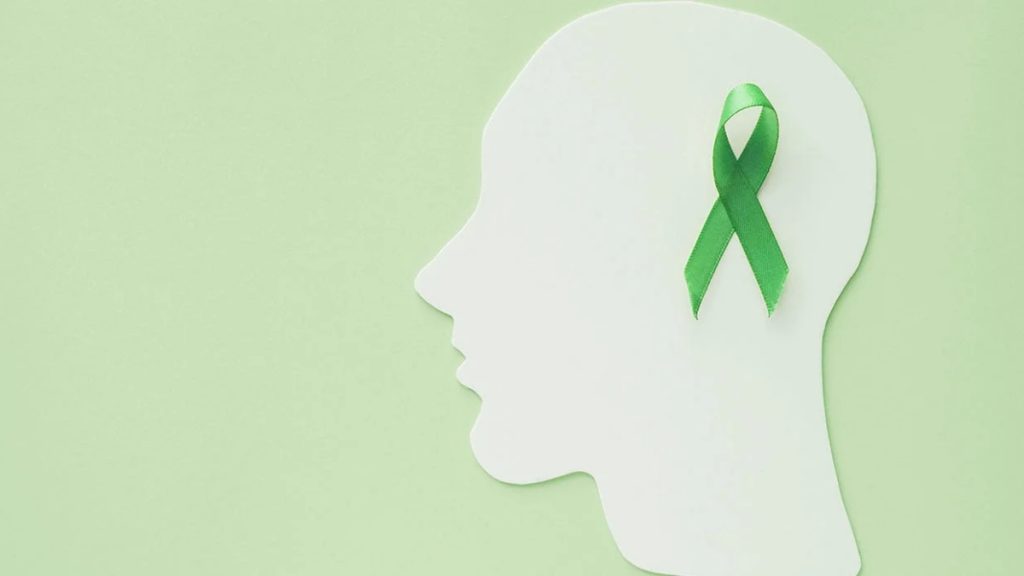Mental health is a silent struggle for many. It’s a topic often shrouded in stigma and misunderstanding, leaving individuals feeling isolated and unsupported. You might know someone; perhaps a friend, family member, or neighbor, who battles with anxiety, depression, or other mental health issues in silence. This pain is real, and the sense of isolation can be overwhelming.
But you can make a difference. By promoting mental health awareness in your local community, you can help break down these barriers, offer support, and build a more compassionate environment. Here are some creative and unique strategies to help you create mental health awareness in your community.
Contents
1. Organize meditation workshops
Meditation workshops can be a powerful way to introduce mindfulness to your community. Find a local instructor who specializes in meditation. You can host these workshops in community centers, parks, or even online through platforms like Zoom. The goal is to create a peaceful environment where participants can learn to focus their minds, reduce stress, and develop coping strategies for daily challenges.
Promote the workshops through local social media groups, flyers, and word-of-mouth. You could even offer a free first session to attract more participants. Make sure the sessions are accessible to everyone, regardless of their experience level. Providing mats and cushions can make the space more comfortable. Regular meditation practice can help individuals feel more centered and better equipped to handle life’s ups and downs.
2. Launch yoga classes
Yoga combines physical postures, breathing exercises, and meditation to improve overall well-being. Organizing yoga classes can help community members connect their minds and bodies, reducing stress and promoting relaxation. Partner with a certified yoga instructor and choose a convenient location like a community hall or park. Offer different class levels to cater to beginners and advanced practitioners.
Advertise your classes through social media, local bulletin boards, and community newsletters. Encourage participants to bring their own mats, but have a few extras on hand for newcomers. To make the classes more appealing, you could focus on specific themes like yoga for anxiety relief or yoga for better sleep.
3. Distribute informative flyers
Informative flyers can effectively raise awareness about mental health resources and upcoming events. Design eye-catching flyers with clear, concise information about local support groups, helplines, and mental health services. Include dates and details of any workshops, classes, or seminars you’re organizing. Distribute these flyers in high-traffic areas like community centers, libraries, cafes, and schools.
Ensure the flyers are visually appealing and easy to read. You can use mental health poster templates by PosterMyWall to create informative flyers in minutes. The templates are professionally-designed so just add your information and details and share them with your community!
4. Host art therapy sessions
Art therapy sessions provide a creative outlet for individuals to express their emotions and thoughts. These sessions can be incredibly therapeutic, allowing participants to explore their feelings through painting, drawing, or sculpting. Hire a trained art therapist to guide the sessions and ensure a supportive environment. You can host these sessions in a community center, library, or even an outdoor space.
Promote art therapy through local channels and highlight its benefits, such as improved emotional well-being and reduced stress. Provide all necessary art supplies and create a welcoming atmosphere where everyone feels comfortable expressing themselves. Art therapy can be a powerful tool for those who struggle to articulate their feelings verbally.
5. Promote community walks
Community walks are a great way to promote physical activity and social interaction. Organize regular walks where people can join and talk about their mental health journeys in a relaxed setting. Choose scenic routes that are accessible to all fitness levels. You can even theme the walks around mental health awareness, encouraging participants to wear specific colors or shirts with positive messages.
Advertise the walks through social media, community boards, and local newsletters. Encourage people to bring friends, family, or pets. The informal setting of a walk can make it easier for individuals to open up and share their experiences.
6. Implement school programs
Schools are a crucial place for promoting mental health awareness, especially among young people. Work with local schools to implement programs that educate students, teachers, and parents about mental health. These programs can include workshops, seminars, and activities designed to teach coping strategies, stress management, and the importance of seeking help.
Start by meeting with school administrators to discuss the benefits of mental health programs and propose a plan. Invite mental health professionals to conduct sessions and provide resources for teachers to integrate into their curriculum. Encourage open discussions about mental health in classrooms to reduce stigma and create a supportive environment for students.
Key takeaway
Creating mental health awareness in your local community requires a proactive and compassionate approach. With these strategies in place, you can help break the stigma surrounding mental health. Each strategy is a unique way to connect with your community and promote an environment of understanding and support.
Take the first step today! Your efforts can make a profound difference in the lives of those around you.

